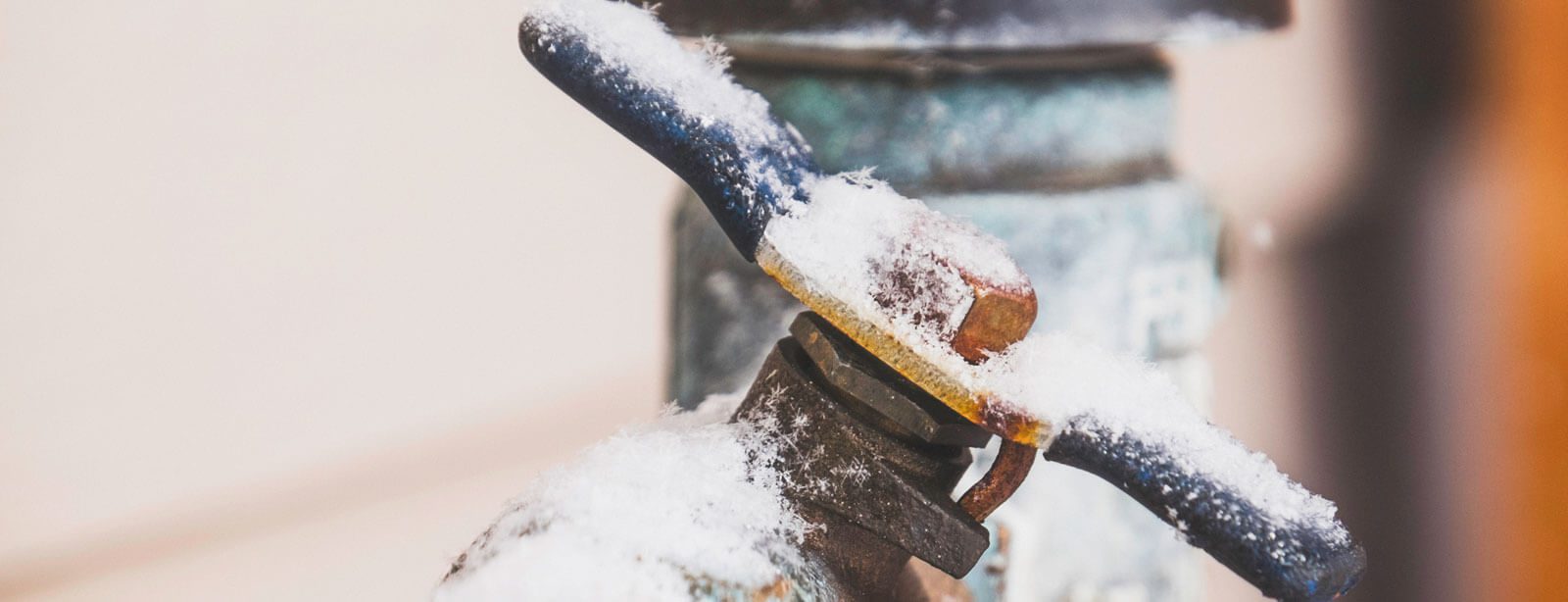Avoiding Frozen Plumbing in Winter: Professional Advice
Avoiding Frozen Plumbing in Winter: Professional Advice
Blog Article
Every person is bound to have their own unique perception on the subject of How To Avoid Freezing Pipes.

Cold weather can wreak havoc on your plumbing, particularly by freezing pipelines. Right here's just how to prevent it from occurring and what to do if it does.
Intro
As temperatures drop, the threat of icy pipes rises, potentially bring about pricey repair work and water damage. Comprehending exactly how to avoid frozen pipelines is crucial for property owners in cool environments.
Prevention Tips
Protecting prone pipes
Cover pipes in insulation sleeves or utilize heat tape to protect them from freezing temperature levels. Concentrate on pipelines in unheated or external areas of the home.
Heating strategies
Maintain indoor rooms effectively heated, specifically areas with pipes. Open closet doors to allow cozy air to circulate around pipes under sinks.
How to determine frozen pipelines
Search for decreased water flow from taps, uncommon smells or noises from pipes, and visible frost on exposed pipes.
Long-Term Solutions
Architectural modifications
Think about rerouting pipes away from outside wall surfaces or unheated areas. Add additional insulation to attics, basements, and crawl spaces.
Upgrading insulation
Invest in top notch insulation for pipes, attic rooms, and wall surfaces. Appropriate insulation assists preserve constant temperature levels and reduces the threat of icy pipelines.
Safeguarding Exterior Plumbing
Garden hose pipes and outside faucets
Disconnect and drain garden hoses before winter months. Install frost-proof faucets or cover outdoor taps with insulated caps.
Understanding Icy Pipelines
What causes pipes to freeze?
Pipes ice up when exposed to temperatures listed below 32 ° F (0 ° C) for extended durations. As water inside the pipes freezes, it broadens, taxing the pipe walls and potentially triggering them to rupture.
Dangers and damages
Frozen pipes can lead to water disturbances, home damage, and costly repairs. Ruptured pipelines can flooding homes and trigger considerable structural damages.
Signs of Frozen Water Lines
Determining icy pipelines early can stop them from rupturing.
What to Do If Your Pipelines Freeze
Immediate activities to take
If you suspect frozen pipelines, maintain taps open to alleviate stress as the ice melts. Use a hairdryer or towels soaked in hot water to thaw pipes slowly.
Final thought
Preventing frozen pipelines needs proactive actions and quick reactions. By comprehending the reasons, indications, and safety nets, house owners can shield their plumbing during cold weather.
5 Ways to Prevent Frozen Pipes
Drain Outdoor Faucets and Disconnect Hoses
First, close the shut-off valve that controls the flow of water in the pipe to your outdoor faucet. Then, head outside to disconnect and drain your hose and open the outdoor faucet to allow the water to completely drain out of the line. Turn off the faucet when done. Finally, head back to the shut-off valve and drain the remaining water inside the pipe into a bucket or container. Additionally, if you have a home irrigation system, you should consider hiring an expert to clear the system of water each year.
Insulate Pipes
One of the best and most cost-effective methods for preventing frozen water pipes is to wrap your pipes with insulation. This is especially important for areas in your home that aren’t exposed to heat, such as an attic. We suggest using foam sleeves, which can typically be found at your local hardware store.
Keep Heat Running at 65
Your pipes are located inside your walls, and the temperature there is much colder than the rest of the house. To prevent your pipes from freezing, The Insurance Information Institute suggests that you keep your home heated to at least 65 degrees, even when traveling. You may want to invest in smart devices that can keep an eye on the temperature in your home while you’re away.
Leave Water Dripping
Moving water — even a small trickle — can prevent ice from forming inside your pipes. When freezing temps are imminent, start a drip of water from all faucets that serve exposed pipes. Leaving a few faucets running will also help relieve pressure inside the pipes and help prevent a rupture if the water inside freezes.
Open Cupboard Doors
Warm your kitchen and bathroom pipes by opening cupboards and vanities. You should also leave your interior doors ajar to help warm air circulate evenly throughout your home.

Do you like reading about How to prepare your home plumbing for winter weather? Create a remark directly below. We'd be pleased to listen to your reactions about this post. We are looking forward that you visit us again in the near future. Do you know about anybody else who is truly interested in the subject? Why not promote it. Thanks for your time. Don't forget to check our blog back soon.
Top Article Report this page